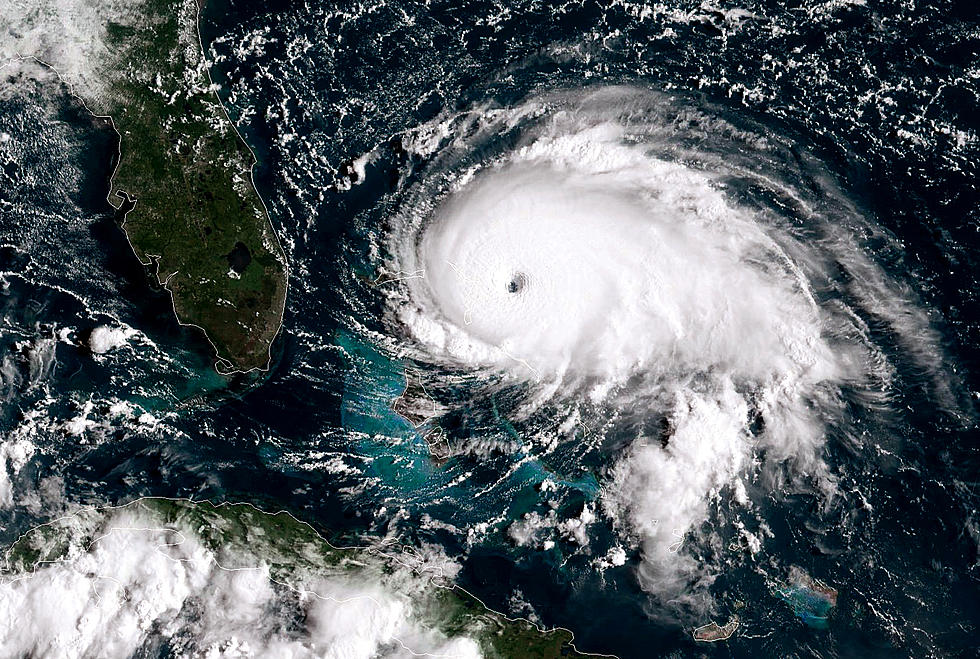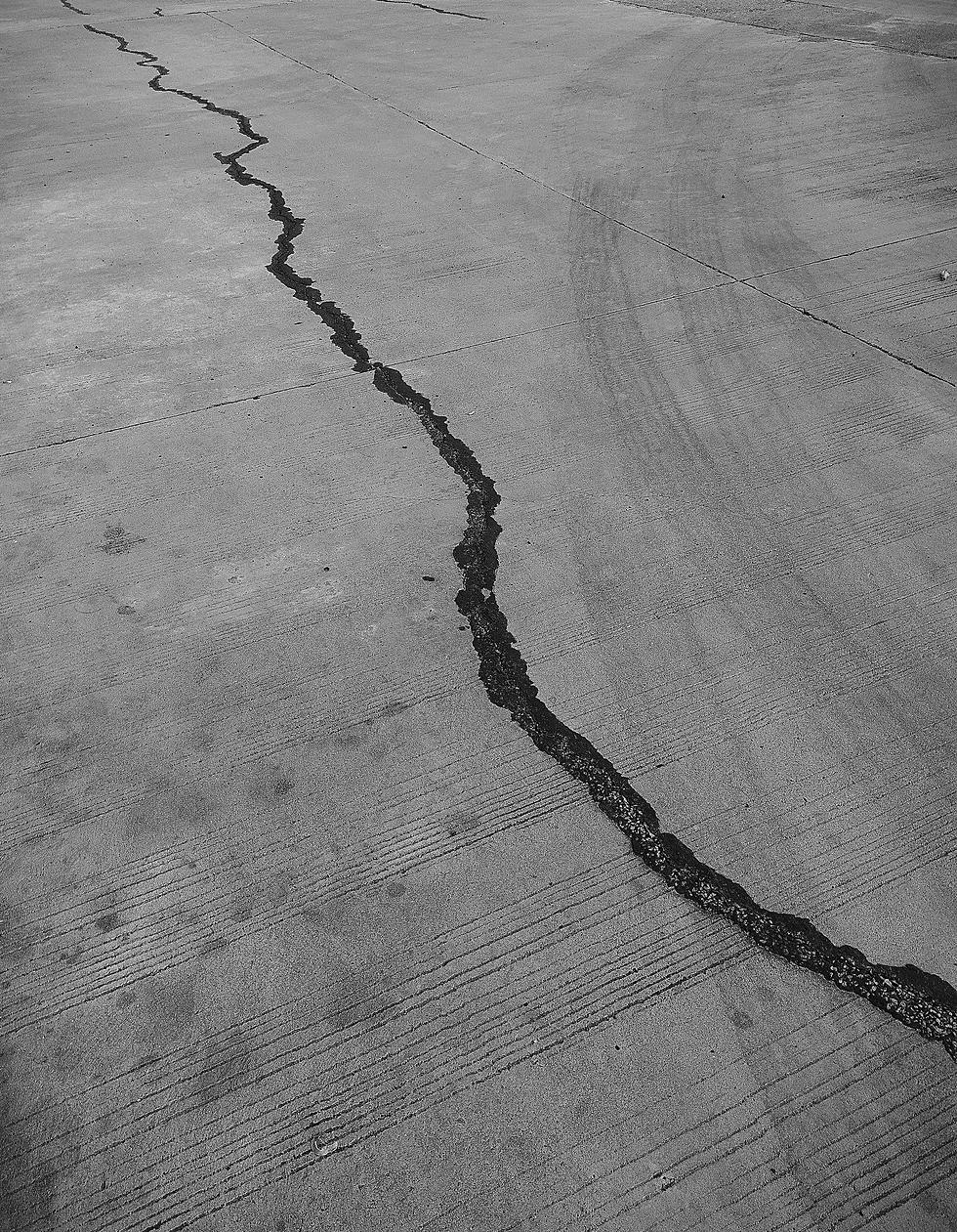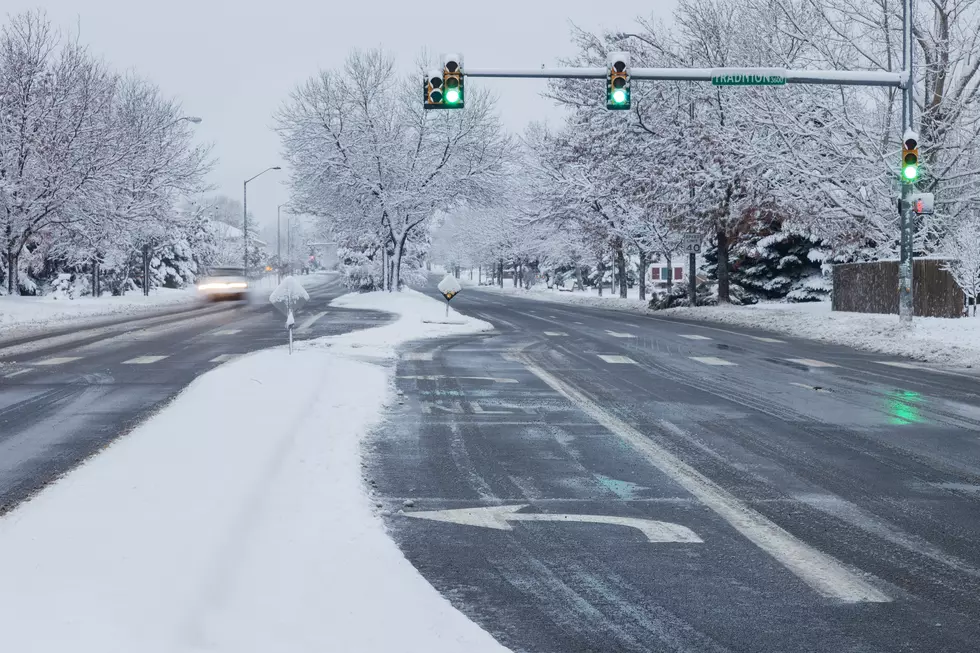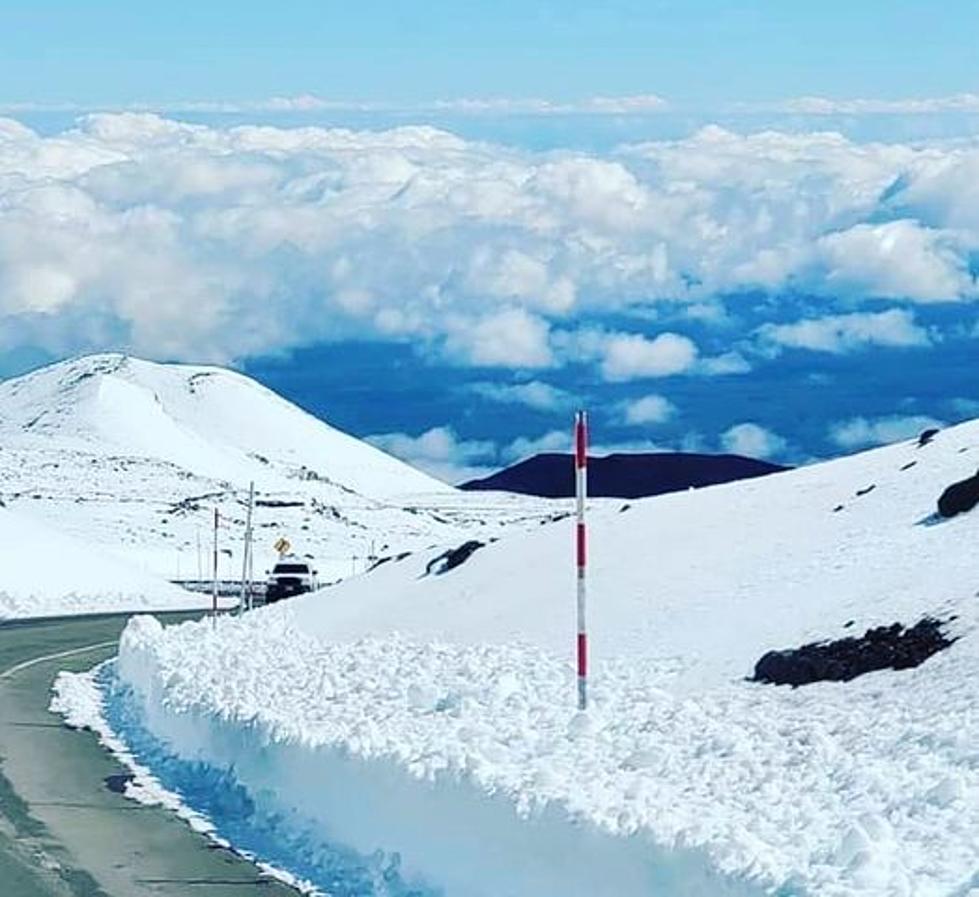
Coloradan Scientists Tracking Caribbean Earthquakes
The seismic activity of the recent earthquake in the Caribbean will leave you shook.
The National Earthquake Information Center (NEIC) in Golden, Colorado on the campus of Colorado School of Mines has been tracking all of the data.
9News recently went to visit the facility run by the United States Geological Survey and interview geophysicist, earthquake researcher and analyst, Gavin Hayes. They got his two-cents about the 7.7 magnitude earthquake off the coast of Jamaica in late December.
Hayes reported his main concern with this quake as, “It was a very large event that broke a length of fault about 150 to 200 kilometers long, so upwards of maybe 120 miles, towards the Cayman Islands.” He proceeds to state that: “It would have been felt very strongly in the Cayman Islands and moderately in Jamaica, and southern Cuba.”
During the interview, Hayes also mentions the importance of this specific rupture.
“Because shaking is dependent upon the distance from the fault that moved and not the distance from where the earthquake started, which is the little circle that we put on the map,” states Hayes.
When asked what the fault is called where this earthquake occurred, Hayes responded with, "It’s a plate boundary structure. It’s called the Orient Fault, just to the south of Cuba. It is a transform plate boundary, so it involves horizontal motion where those two plates meet on that side of the Caribbean."
Hayes also relayed his uncertainty about earthquakes that could potentially follow the 7.7.
“You never really know if a quake is a foreshock until there is a larger shock. There’s always a small probability, say a 5% or less chance, that earthquakes of about magnitude 5 size will be followed by a larger event.”

More From K99









